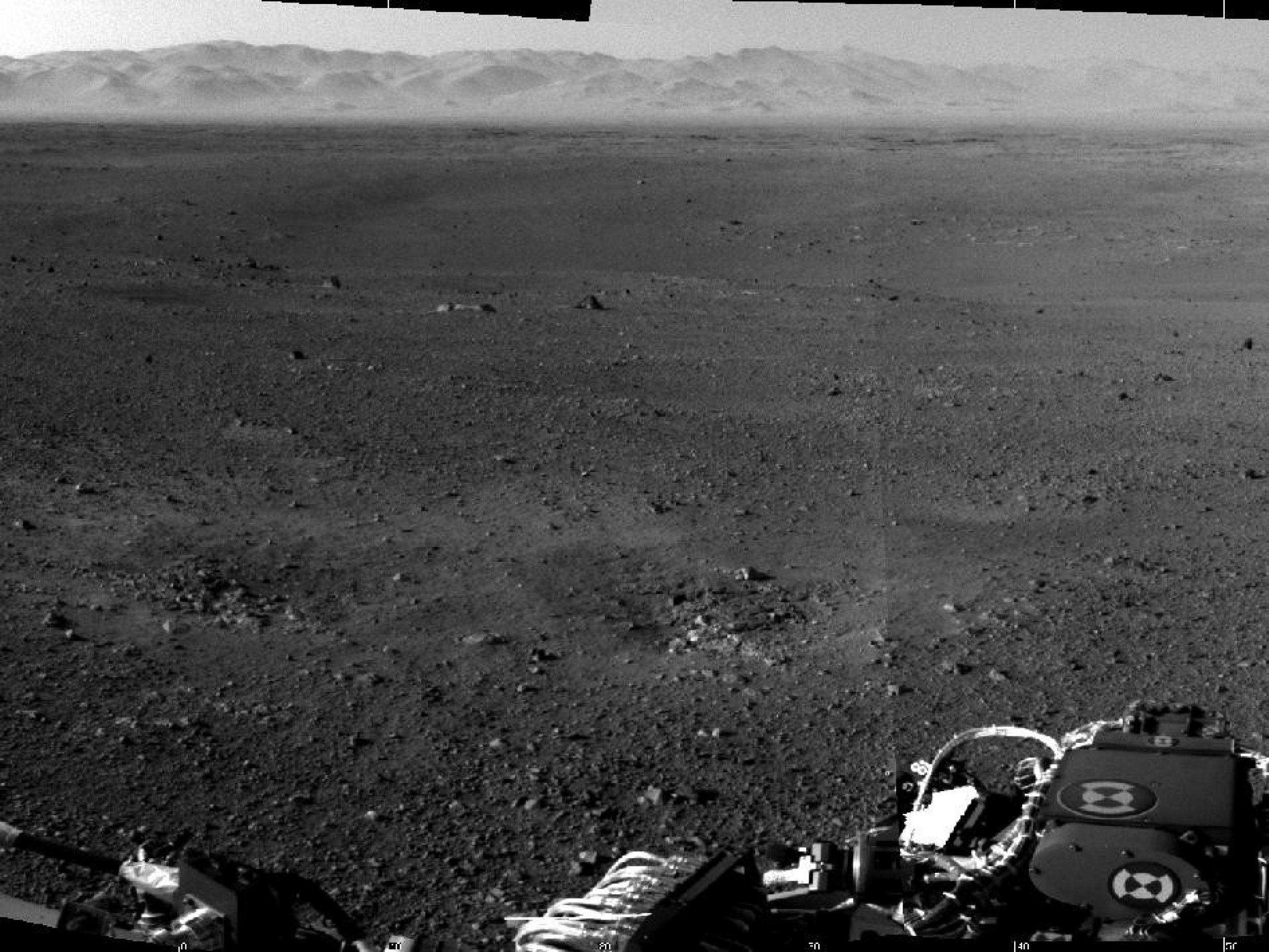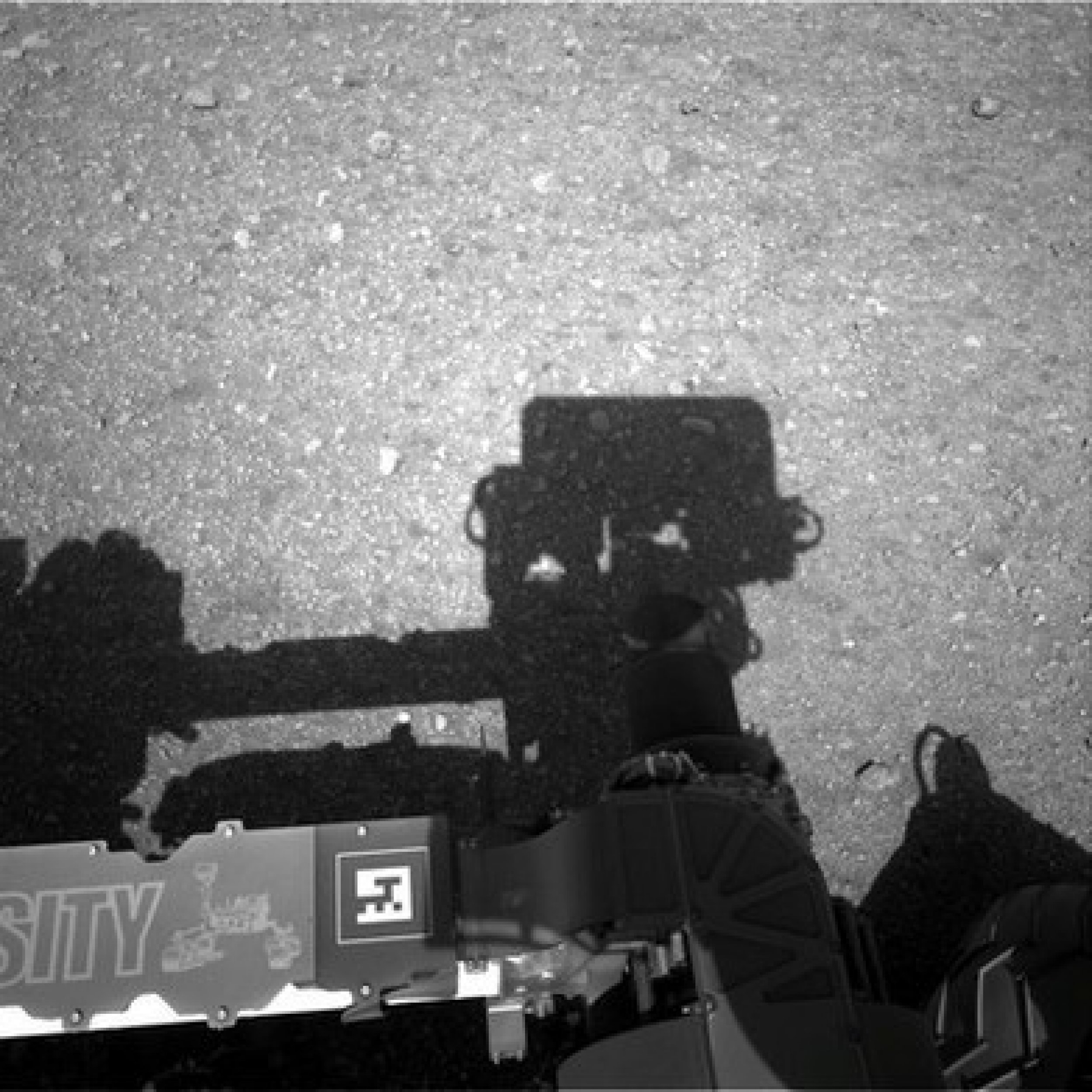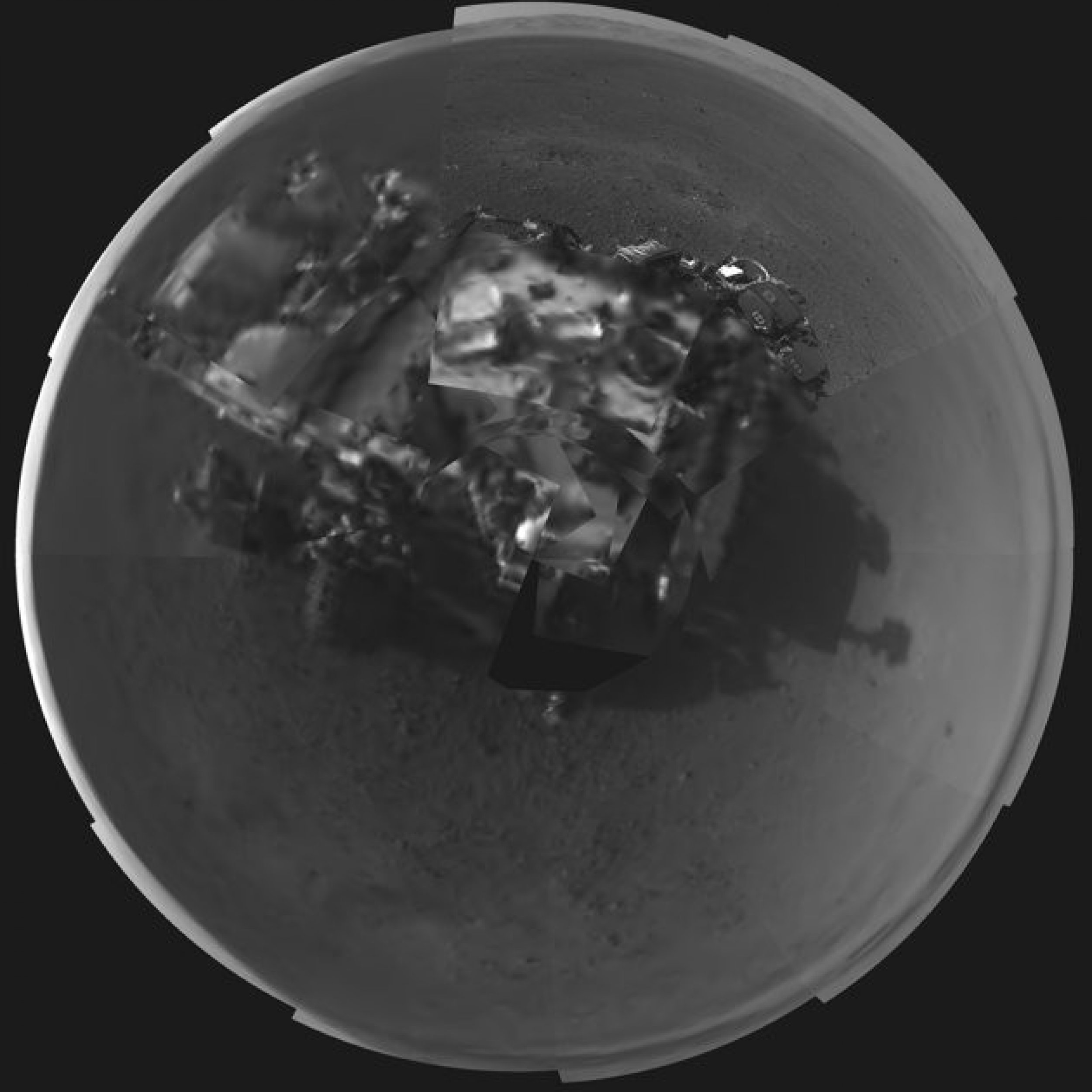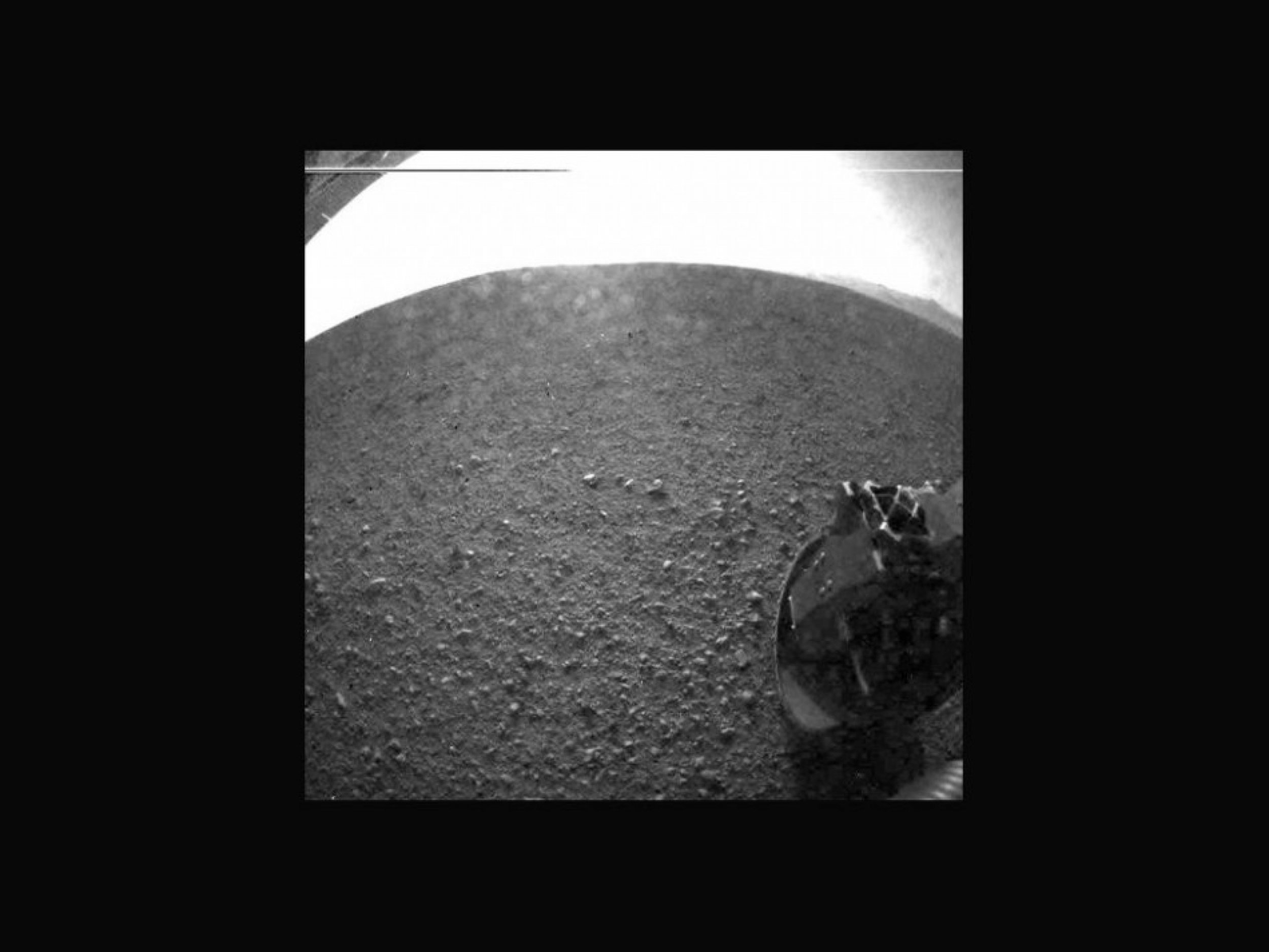Mars Crater That Anchors NASA's Rover Curiosity Similar To Earth
The Martian crater where Curiosity rover landed Sunday looks strikingly similar to the Mojave Desert in California, scientists said on Wednesday.
"The first impression that you get is how Earth-like this seems look at that landscape," said John Grotziner, Chief Scientist, California Institute of Technology.
Grotzinger said he was struck by the Martian landscape, which appeared diverse as there seemed to be harder material underneath the gravelly surface, Associated Press (AP) reported.
"It kind of makes you feel at home," Grotzinger said, adding, "We're looking at a place that feels really comfortable."
However, Mars is different from Earth. It's a frigid desert that is constantly bombarded by radiation. Geological signs indicate that it was previously a warmer and wetter place and the mission aims to find out how the planet transformed, AP added.
For the first time since the rover landed on the Gale Crater, it released a black and white self-portrait Wednesday that is being processed.
The recent photos show Curiosity looking toward the northern horizon. Adjacent to the crater are scour marks created by thrusters that kicked up a swirl of dust. Scientists dismissed concerns that Curiosity got dusty, AP noted.
"We do see a thin coating of dust, but nothing too bad," said Justin Maki, Imaging Scientist with the NASA Jet Propulsion Laboratory that manages the $2.5 billion mission.
However, scientists were excited to see the scour marks as they reveal vital information of the bedrock below that may help in better understanding the landing site.




© Copyright IBTimes 2024. All rights reserved.




















